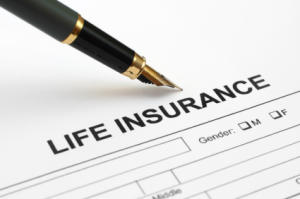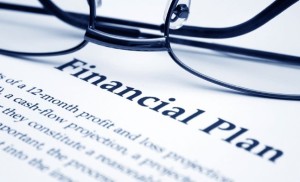 Today’s top story: How 1% savings hikes can spice up retired life by $1 million. Also in the news: 7 ways to save at Disneyland, why you shouldn’t let a down payment scare you from buying a home, and how Millennial men and women invest differently.
Today’s top story: How 1% savings hikes can spice up retired life by $1 million. Also in the news: 7 ways to save at Disneyland, why you shouldn’t let a down payment scare you from buying a home, and how Millennial men and women invest differently.
1% Savings Hikes Can Spice Up Retired Life by $1 Million
The earlier start, the better the boost.
7 Ways to Save at Disneyland — No Magic Required
Keeping your money away from the Mouse.
Don’t Let a Down Payment Scare You Off
Help is available for first-time buyers.
401(k) investing: How Millennial men and women invest differently
It goes back to childhood.
 Today’s top story: Why new grads shouldn’t snooze and lose on their employer’s 401(k). Also in the news: Ditching debt by working side gigs, how to decide if that life insurance rider is worth it, and how freelancers can save for retirement beyond an IRA.
Today’s top story: Why new grads shouldn’t snooze and lose on their employer’s 401(k). Also in the news: Ditching debt by working side gigs, how to decide if that life insurance rider is worth it, and how freelancers can save for retirement beyond an IRA.  Today’s top story: How to resolve finances after a death. Also in the news: 8 ways to prep for financial adulthood, 5 survival strategies for camping on a budget, and how much money you need to save by the time you’re 35.
Today’s top story: How to resolve finances after a death. Also in the news: 8 ways to prep for financial adulthood, 5 survival strategies for camping on a budget, and how much money you need to save by the time you’re 35. Today’s top story: 5 ways to rebuild your retirement savings later in life. Also in the news: What you need to know about stock dividend reinvestment plans, the true story of young adults who are totally debt free, and how to boost your retirement fund with a few minor lifestyle changes.
Today’s top story: 5 ways to rebuild your retirement savings later in life. Also in the news: What you need to know about stock dividend reinvestment plans, the true story of young adults who are totally debt free, and how to boost your retirement fund with a few minor lifestyle changes.  Today’s top story: How much you should contribute to an IRA and how often. Also in the news: Creating a meaningful financial plan, what you should tell your financial advisor, and how to avoid drunk shopping binges.
Today’s top story: How much you should contribute to an IRA and how often. Also in the news: Creating a meaningful financial plan, what you should tell your financial advisor, and how to avoid drunk shopping binges. Today’s top story: How to build your ‘Oh, Crap!’ fund. Also in the news: A strategy that could help new grads retire sooner, United Airlines sets a new pet transport policy, and what happens to your debts when you die.
Today’s top story: How to build your ‘Oh, Crap!’ fund. Also in the news: A strategy that could help new grads retire sooner, United Airlines sets a new pet transport policy, and what happens to your debts when you die.  Today’s top story: How not to run out of money in retirement. Also in the news: How bountiful is tax-loss harvesting, what the (almost) end of credit card signatures means for you, and how your spouse’s student loans affect you.
Today’s top story: How not to run out of money in retirement. Also in the news: How bountiful is tax-loss harvesting, what the (almost) end of credit card signatures means for you, and how your spouse’s student loans affect you.  Today’s top story: 4 ways to curb your online shopping enthusiasm. Also in the news: 13 last-ditch ways to avoid the poorhouse in retirement, why you should freeze your child’s credit, and 8 inspirational stories of people who overcame debt.
Today’s top story: 4 ways to curb your online shopping enthusiasm. Also in the news: 13 last-ditch ways to avoid the poorhouse in retirement, why you should freeze your child’s credit, and 8 inspirational stories of people who overcame debt. Today’s top story: How bad credit can increase your car costs. Also in the news: Owning Bitcoin creates a complex tax situation, 13 last-ditch ways to avoid the poorhouse in retirement, and the top 7 tax deductions and credits people forget.
Today’s top story: How bad credit can increase your car costs. Also in the news: Owning Bitcoin creates a complex tax situation, 13 last-ditch ways to avoid the poorhouse in retirement, and the top 7 tax deductions and credits people forget.